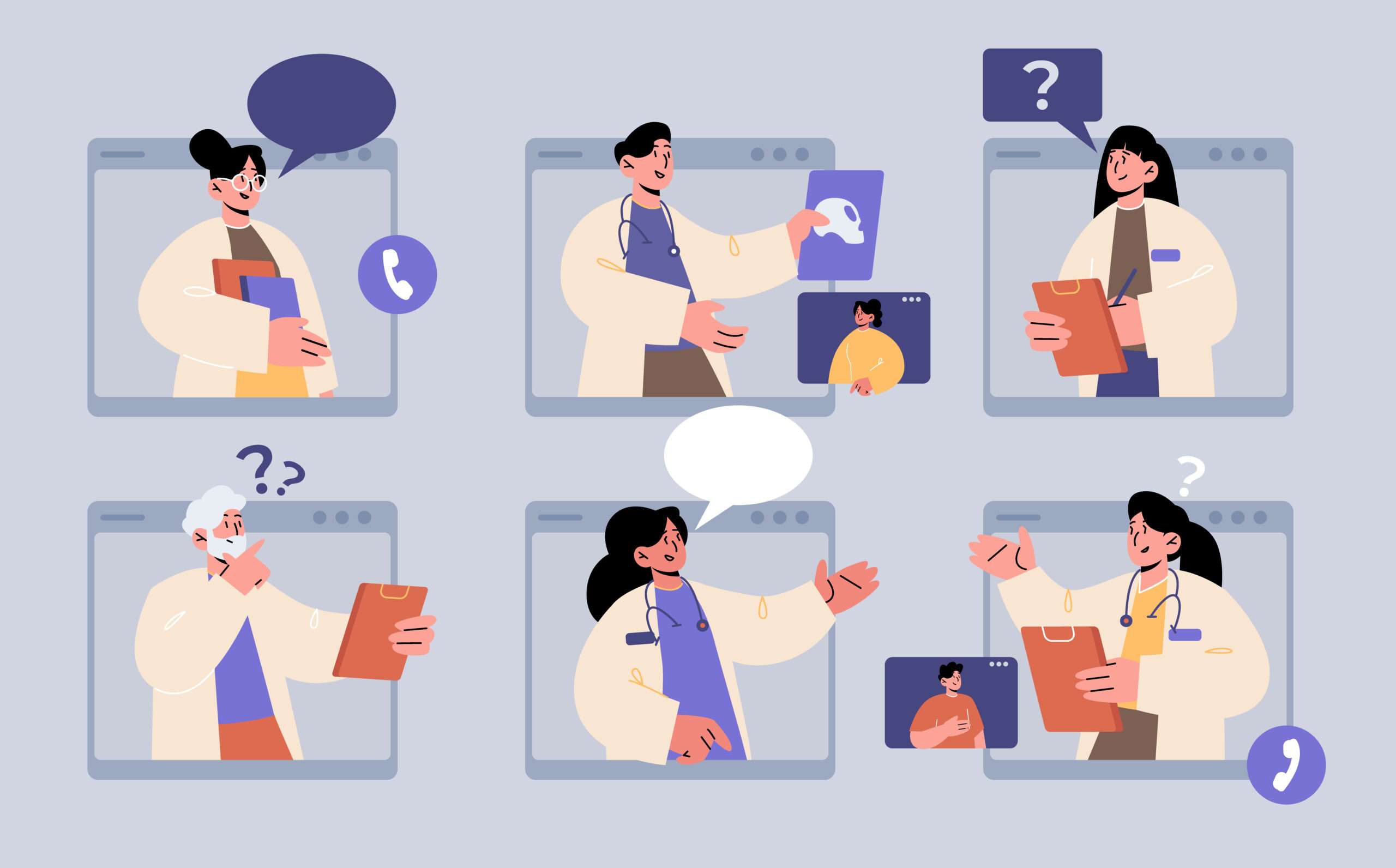
Language barriers refer to the inability of healthcare providers and patients to communicate effectively due to differences in language. These barriers can make it difficult for healthcare providers to understand patient needs, interpret medical histories, and deliver appropriate care. Similarly, patients may struggle to understand healthcare providers’ instructions, medications, miscommunication, and unintended outcomes.
Several factors contribute to language barriers in healthcare. These include linguistic and cultural differences, limited English proficiency, low health literacy, and the lack of trained interpreters. According to the U.S. Census Bureau, there are over 350 languages spoken in the United States alone, with over 25 million people speaking English less than “very well.” Language barriers are more prevalent among minority groups, immigrants, refugees, and individuals with low socio-economic status.
The impact of language barriers on healthcare delivery can be severe. Studies show that limited English proficiency is associated with lower quality care, longer hospital stays, higher readmission rates, and increased healthcare costs. Patients with limited English proficiency are also less likely to receive preventive services, such as cancer screening, and are more likely to experience adverse events.
Language barriers also affect patient satisfaction and trust in the healthcare system. Patients who cannot communicate effectively with their healthcare providers are less likely to adhere to treatment plans, follow-up appointments, and preventive care. This can lead to poor health outcomes, lower patient satisfaction, and decreased trust in the healthcare system. Patients may also feel frustrated, confused, and embarrassed when they cannot communicate their needs and concerns effectively.
The effects of language barriers are not limited to patients only. Healthcare providers also face several challenges when communicating with patients who speak different languages. These include difficulty in obtaining an accurate medical history, explaining medical procedures and diagnoses, and counseling. Providers also face challenges in maintaining patient privacy and confidentiality when using untrained interpreters or family members as interpreters.
Moreover, language barriers can lead to poor communication among healthcare providers. Multidisciplinary teams may struggle to communicate effectively when providers do not share a common language. This can lead to misunderstandings, misinterpretation of medical data, and inadequate care. It can also increase the risk of medical errors and adverse events.
Considering these challenges, healthcare organizations must take active measures to improve healthcare delivery in language barrier. The following are some examples of strategies that healthcare organizations can implement to mitigate language barriers and improve communication:
Professional Interpretation Services
The use of trained interpreters is the most effective way to address language barriers in healthcare. Healthcare organizations can hire professional interpreters, use phone, or video interpreting services, or rely on bilingual staff. Trained interpreters can help patients understand medical information, comply with treatment recommendations, and communicate their concerns. This can improve patient satisfaction, trust in the healthcare system, and health outcomes.
Multilingual Staff and Printed Materials
Healthcare organizations can hire multilingual staff, particularly in areas with diverse populations. These staff members can act as language and cultural brokers and help bridge the communication gap between providers and patients. Healthcare organizations can also provide printed materials in multiple languages, such as brochures, consent forms, and discharge instructions.
Language and Cultural Competency Training
Healthcare providers must receive training on language and cultural competency to improve their ability to communicate with patients from diverse backgrounds. Training can focus on the use of medical interpreters, cultural sensitivity, patient-centered care, and communication skills. This can help providers develop empathy, enhance their awareness of cultural differences, and improve their communication strategies.
Health Information Technology
Health Information Technology (HIT) can help improve healthcare delivery in language barriers. Electronic Health Records (EHRs) can accommodate multiple languages, create alerts for patients with limited English proficiency, and help providers access translation services. Telehealth can also be used to connect patients with interpreters and providers who speak their language.
Language barriers pose a significant challenge to healthcare delivery. The inability to communicate effectively can lead to poor health outcomes, patient dissatisfaction, and healthcare provider burnout. To address these challenges, healthcare organizations must invest in language and cultural competency training, multilingual staff, and professional interpretation services. These measures can improve communication, promote patient-centered care, and reduce disparities in healthcare delivery. Healthcare providers must also recognize the importance of communicating effectively across language and seek opportunities to improve their communication skills. By addressing language barriers, healthcare organizations can improve the quality of care they provide, enhance patient satisfaction, and trust, and promote health equity.
It is essential to address language barriers by implementing effective communication strategies to improve patient-provider interactions and reduce healthcare disparities. The use of professional interpreters and cultural sensitivity training for healthcare providers are some of the ways to mitigate language barriers in healthcare delivery. Overall, efforts to improve language access in healthcare are crucial for achieving equitable and high-quality care for all patients, regardless of their language proficiency.
In conclusion, language barriers in healthcare delivery can significantly impact the quality of care provided to patients. Effective communication is essential to establish a rapport between the healthcare provider and the patient. And to ensure that the patient fully understands their diagnosis, treatment options, and instructions for care.
We hope you enjoyed the blog post of languages Unlimited about How well does healthcare delivery work in language barriers. While the use of professional interpreters and translation services can mitigate the effects of language barriers, there is a need for healthcare providers to become more culturally competent and understand the nuances of working with patients from diverse linguistic. By prioritizing effective communication and investing in language access resources, healthcare providers can improve health outcomes, regardless of their language proficiency.

